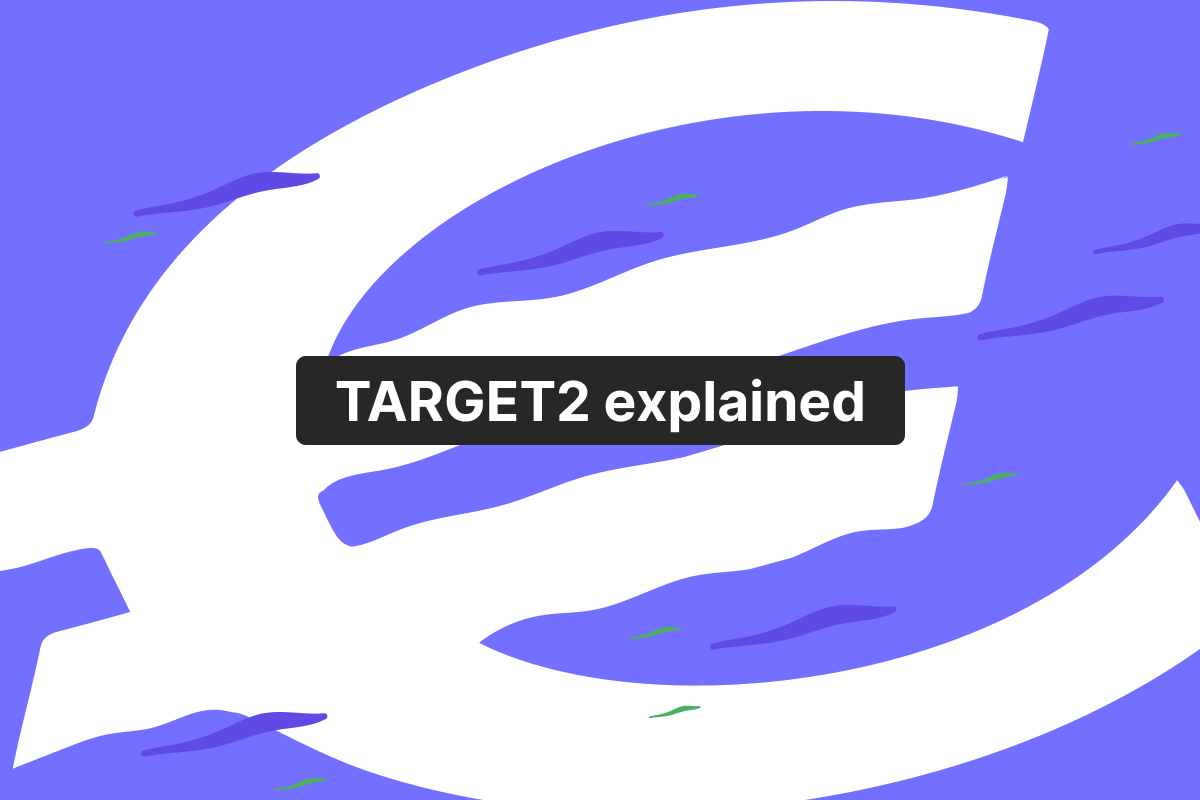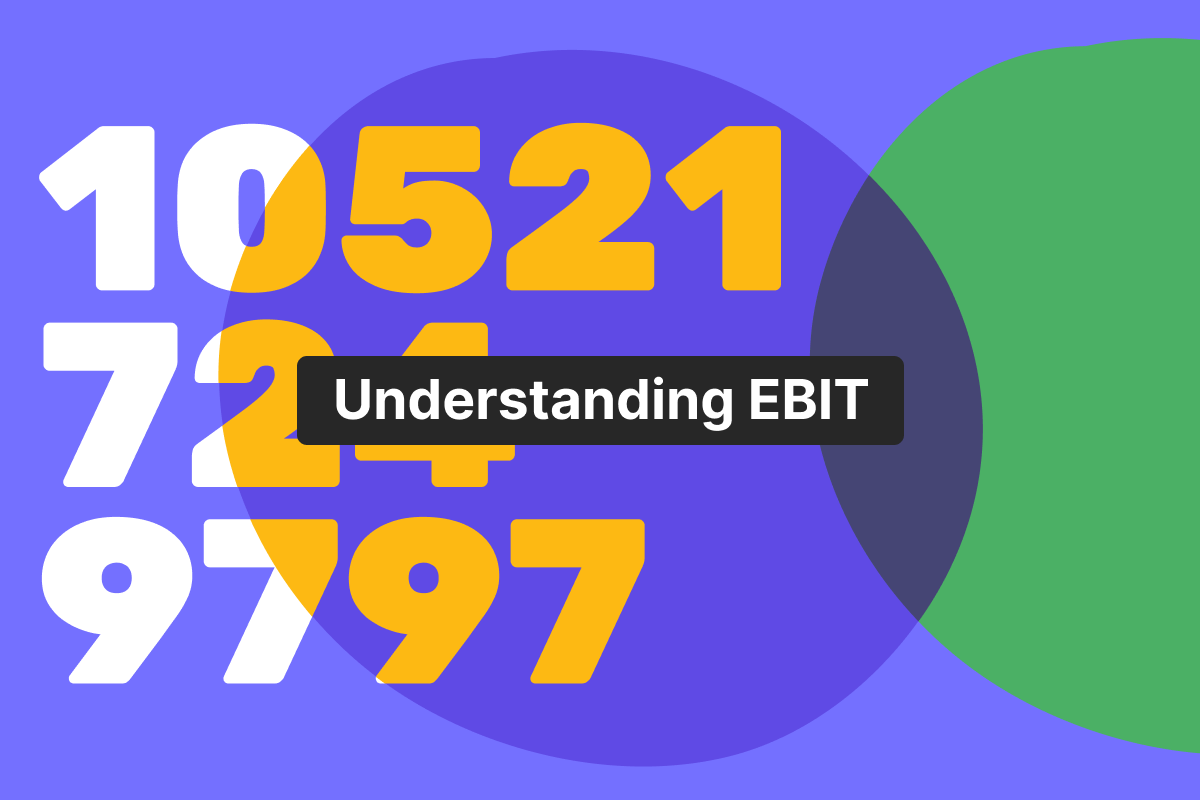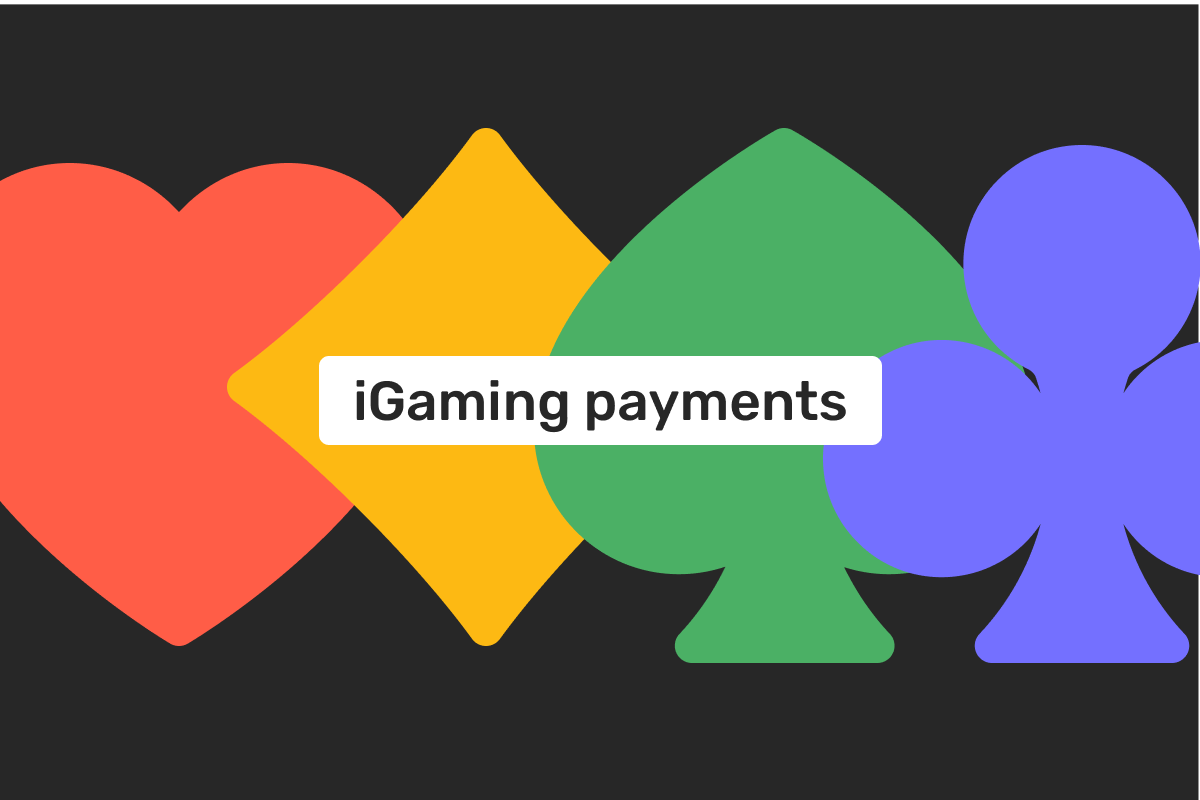Genome Blog / articles / IBAN vs SWIFT: what’s the difference?
May. 12, 2021
If you’ve ever asked yourself the question: “Is IBAN the same as SWIFT?”, this article was created just for you. SWIFT/BIC, IBAN, routing number, bank account number… What are all those and how to differentiate them? What codes are required exactly to make cross-border transactions? In this blog post, Genome is shedding the light on all the above confusing terms and explain what information you need to order international transfers.
What’s an IBAN?
An IBAN is deciphered as an International Bank Account Number. It’s an essential code when it comes to sending money internationally. Basically, it’s a number that facilitates financial transactions so that the funds will settle in the right recipient’s bank account.
IBAN can consist of up to 34 symbols, including both digits and Latin uppercase letters. With the help of this code, you can get such information as one’s bank account number (there are no two same account numbers in the world), the country, and bank of the payee or payer.
With Genome, you can get an original IBAN number for personal or business accounts in no time. If you want to learn more about IBAN, our blog post has answers to all your questions.
What’s a routing number?
In the wide range of international bank codes, this one should be associated with the US only. The routing number is also known as RTN (routing transit number) or ABA (American Banking Association). In fact, this code is closely connected with the last organization. A routing number is a 9-digit code that identifies a particular bank in the US. Smaller financial institutions have only one RTA, while large ones can have a few of them.
Routing and account numbers are required to make domestic transfers within the US. This code locates a bank branch that will receive a transaction. RTNs vary from state to state and can change based on the type of transfer. For instance, you might need different ABAs for wire transactions and ACH transfers (Automated Clearing House Transfers).
One more interesting thing regarding routing transit numbers is connected with checks. While in Europe checks are a rare occasion, the US is still using them a lot. For ordering checks online or processing them, you’ll also need a bank routing code.
RTNs are not confidential, so some banks even post them on their websites. Additionally, you can find them on checks or among your account details if you use mobile banking.
Learn more about wire transfers through Genome’s article: “What is a wire transfer and how does it work?”.
What is a SWIFT code?
The Society for Worldwide Interbank Financial Telecommunication (SWIFT) system functions as a secure messaging network for transmitting information. It works on the principle of exchanging codes for additional safety and protection.
Just like the IBAN number, the SWIFT number is a code that contains certain financial data for making financial transactions. Its original name was BIC (Bank Identifier Code) and the name SWIFT only came into existence because of the vast usage of BIC numbers in the SWIFT system. This code also consists of numbers and uppercase Latin letters. Just by looking at the SWIFT number, you can already gain some information needed for instructing a transfer, such as a bank, country, etc.
What is the difference between IBAN and SWIFT?
First of all, SWIFT/BIC and IBAN numbers differ in their length. The first one can have either 8 or 11 symbols, while the second one can be of any length up to 34 characters. It’s important to remember that both of them also show the country of the bank. In BIC codes these are the 5th and the 6th characters, but in IBAN – the first two accordingly.
As an example:
SWIFT number: HBUKGB4BXXX – Great Britain
IBAN: GB 29 NWBK 601613 31926819 – Great Britain
The core difference between SWIFT and IBAN is that the BIC code identifies the bank and its branch. If this information is missing, the last 3 characters of the number will be removed (only 8 symbols) or written as XXX (11 symbols), as you can see in the example of the SWIFT number format above.
IBAN also locates the country and the bank. However, this code provides details on the bank’s account number, which is unique for every holder. Depending on the country, the length of the IBAN varies.
When are IBAN numbers and SWIFT codes needed?
Both SWIFT and IBAN are the key requirements for sending and receiving money internationally. These are the codes for global communication between banks.
So, what’s the IBAN’s meaning? The correct IBAN ensures that your funds will settle in the right bank account, while SWIFT/BIC holds the same function for the relevant data about the particular bank and its branch.
If you’re sending or receiving an international transfer, you’d need both IBAN and SWIFT to move funds successfully. As a payer, you need to know the correct SWIFT/BIC and IBAN code of your receiver, so that the transfer can be instructed correctly. At the same time, as a payee, you’d need to know these numbers to make sure that you’ve received the transaction from the right person.
Furthermore, SWIFT and IBAN come in handy whenever there happens to be any confusion with transactions. With the information from these codes, you can track where the funds are and what is the reason for the delay or wrong recipient’s details (usually it’s a mistake in IBAN or SWIFT/BIC codes) with your financial provider.
By the way, Genome offers international SWIFT and SEPA transfers, both of which require IBANs and BICs. We also have instant transfers between Genome users. To learn more about these and other services visit our website, or contact us at support@genome.eu.
FAQ
Do I need IBAN if I have SWIFT?
Yes, you’d need both SWIFT/BIC code and IBAN because they are completely different numbers. BIC code locates a bank and/or bank’s branch. IBAN identifies a bank and account number in it. Most financial providers issue both SWIFT and IBAN if you’re opening a business or personal account.
How do I find my IBAN and SWIFT code?
You can find these two in your mobile banking section with account details. You can also obtain this information from official bank statements or contact your financial provider directly.
Do you need a SWIFT code for international transfers?
Yes, the SWIFT number is a must for cross-border transfers. It contains crucial information about the receiving bank where the funds should settle.
Is BIC the same as SWIFT?
Yes, BIC (Bank Identifier Code) and SWIFT are used interchangeably. These are the same numbers that locate a bank and its branch in international transactions.





